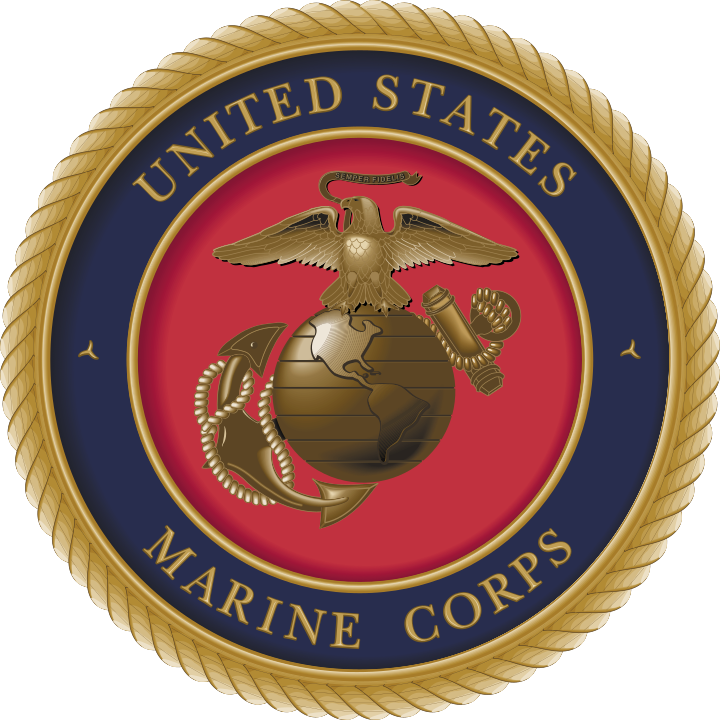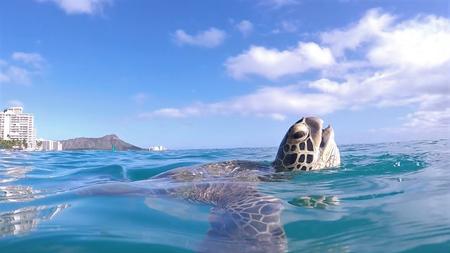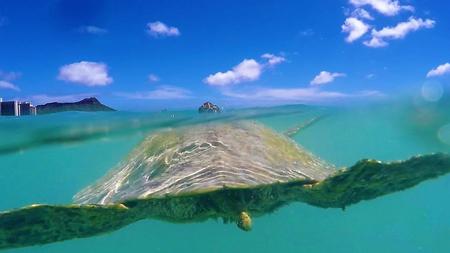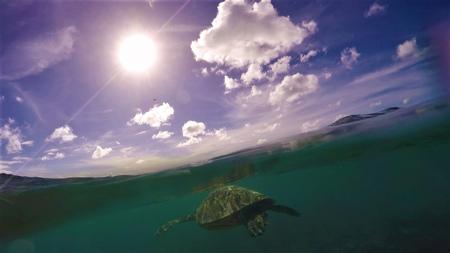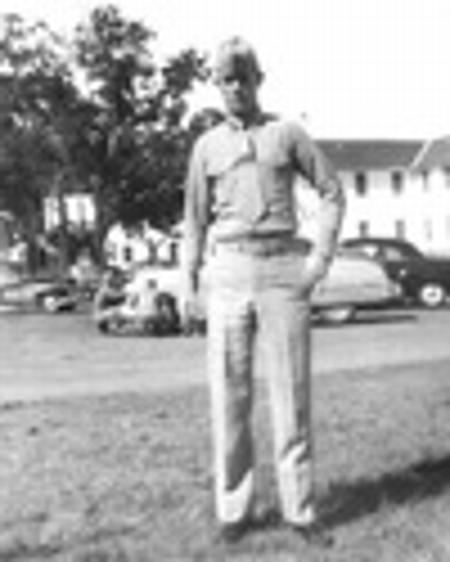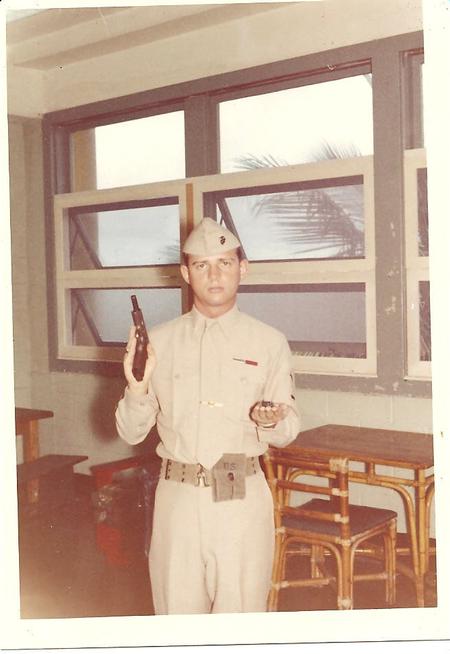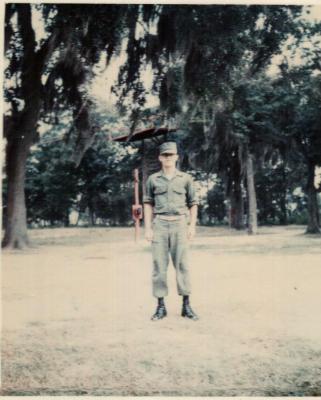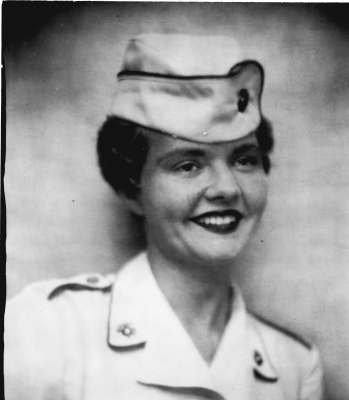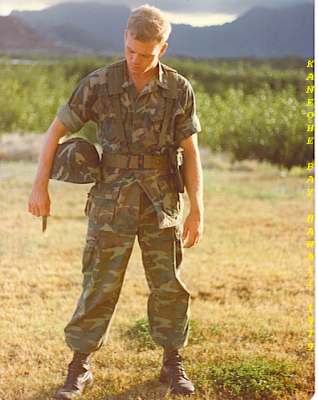ABOUT MCAS Futenma
- Strategic Location: MCAS Futenma is located in Ginowan City, Okinawa, Japan, and is considered a key strategic airbase for the U.S. Marine Corps in the Asia-Pacific region.
- World War II Origins: The airfield was originally constructed by the Imperial Japanese Army in 1945 and was captured by U.S. forces during the Battle of Okinawa.
- Post-War Use: After World War II, the U.S. military expanded and improved the airfield, turning it into a major Marine Corps Air Station.
- Community Controversy: MCAS Futenma has been the subject of local controversy due to its location in a densely populated urban area and concerns over noise, safety, and environmental impact.
- Futenma Relocation Plan: There has been a long-standing plan to relocate MCAS Futenma to a less populated area in Henoko, Okinawa, but the move has faced delays and opposition from local residents.
- Aircraft Operations: The base primarily supports rotary-wing aircraft operations, including CH-53E Super Stallions, MV-22B Ospreys, and other Marine Corps helicopters.
- 2016 MV-22 Osprey Crash: In December 2016, an MV-22 Osprey from MCAS Futenma crash-landed off the coast of Okinawa, prompting a temporary grounding of the fleet and heightening local concerns.
- Land Disputes: The land under the air station was originally private property, and many Okinawans have called for its return to civilian use.
- Earthquake Preparedness: Due to its location in a seismically active region, MCAS Futenma has undergone structural reinforcements to ensure operational continuity during earthquakes.
- Symbol of U.S.-Japan Alliance: Despite the controversies, MCAS Futenma remains a symbol of the U.S.-Japan security alliance and a major hub for Marine Corps operations in the Western Pacific.

